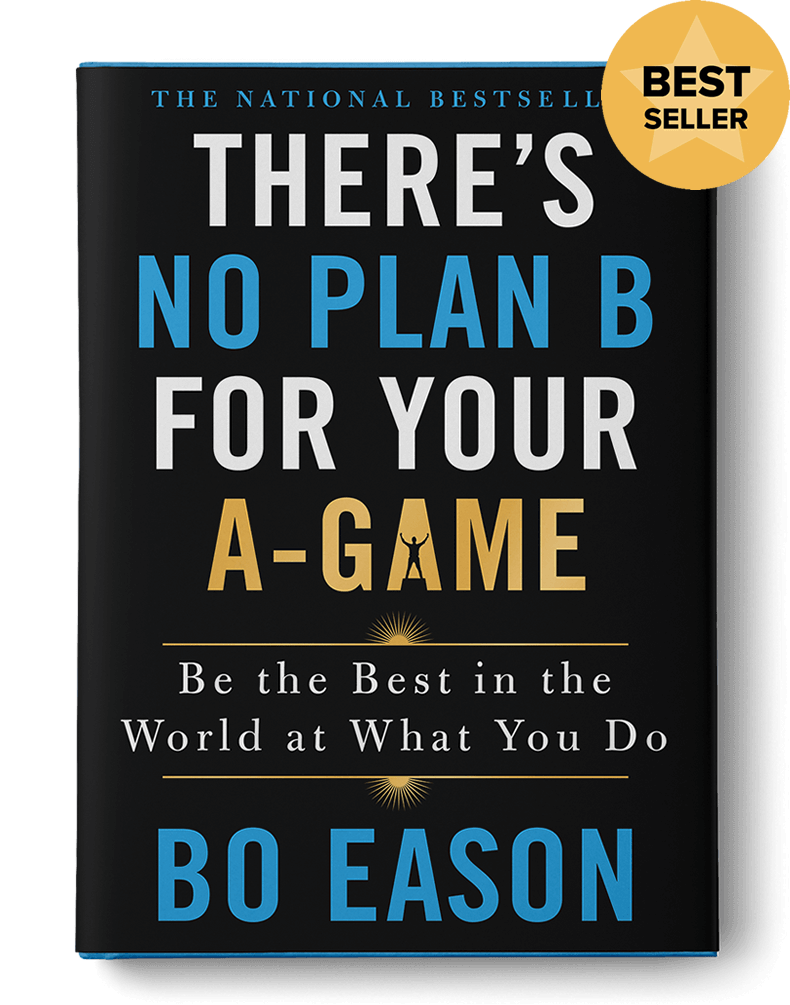Bo: We’re back with Dr. Joan Rosenberg. Joan, let’s talk about the difference between storytelling and dumping because there’s a distinct difference, right?
Joan: There’s a big difference.
Bo: You cannot dump on your audience.
Joan: No, no, in fact you don’t even want to dump on your best friend. Think of dumping as disowning. Let me give you an example. Let’s say you and I are in conversation and I’m telling you a story that by all rights would have made me really angry, but I’m acting like I’m unaffected by it. And what ends up happening is that you start to feel really, really angry. I’ve disowned my experience. “I’m just fine. Nothing is wrong.” Even though it truly made me angry, but now you’re carrying my anger. That’s one way of identifying dumping.
Bo: Got it.
Joan: Where somebody has disowned the experience and now you’re carrying the experience I should be describing—that’s one. The second has to do with blaming. So, again, if I take no responsibility for my experience and the way I felt and the kinds of things I’m thinking about and instead it’s their fault, it’s this, it’s all out there some place—that’s also a way to dump because, same thing, you’re now making the other person carry the experience of it, as opposed to going, “You know what? I was wrong in that situation and I should have handled it differently.” Once you take responsibility, it’s settled in you and now the audience is not carrying the emotionality of the experience.
Or if I’m projecting, a common psychological term, where, again, it’s another way to disown the experience. So let’s say I’m really sad and I come home and I look at the cat on the couch and I say, “Aw, that cat’s really sad.” Now I’ve projected my experience onto the cat—that’s another way to dump where I’m having somebody else carry my experience. So anything where I’m not taking full responsibility of what my experience is, we can think of as a dump. Storytelling is going, “You know what? This is what happened. These are kind of the facts of the situation …” whatever it might be and, “This is what my experience was in that situation or about that situation.” Now, I can tell the story and I’m not victimized by it. I’m not acting like a victim. And I’m not putting the blame on anybody else either.
Bo: Ownership of your own story is …
Joan: Not dumping.
Bo: And optimum health.
Joan: It leads to optimum health. Yes.
Bo: And it’s something your audience can follow you on. Otherwise they have no way of following you if you’re blaming or dumping or not owning your own path.
Joan: That’s right.
Bo: That’s why we have trouble following certain people who do that.
Joan: It’s a disconnect. It doesn’t feel genuine. It doesn’t feel authentic. We can’t trust in that situation. So if you’re up there on stage, I’m not going to follow you as the leader on that stage. If you’re not being what I’m experiencing as authentic and genuine. That comes about because you’re blaming or dumping in other ways.
Bo: That’s why great leaders, great storytellers, which I’m demanding that you be … I mean the promise that I make to the people that I work with is people won’t have the ability to look away from you if you do these sorts of things, but you have to take responsibility for the miles that you’ve run.
Joan: That’s right.
Bo: And the minute that you don’t and you start blaming and pointing and projecting is the minute that they can’t listen to you anymore. They disconnect.
Joan: Right.
Bo: Huge distinction. Thank you so much, Joan.
So when you’re telling your stories, when you get out there and lead, if you want people to follow you, you cannot make them responsible for the path that you’ve taken. You’re responsible. You’re ultimately responsible for your story and you’ve got to take care of your audience. Don’t puke on them. Don’t have them carry your luggage for you. Got it? That way they can follow you. Get out there and try it.

